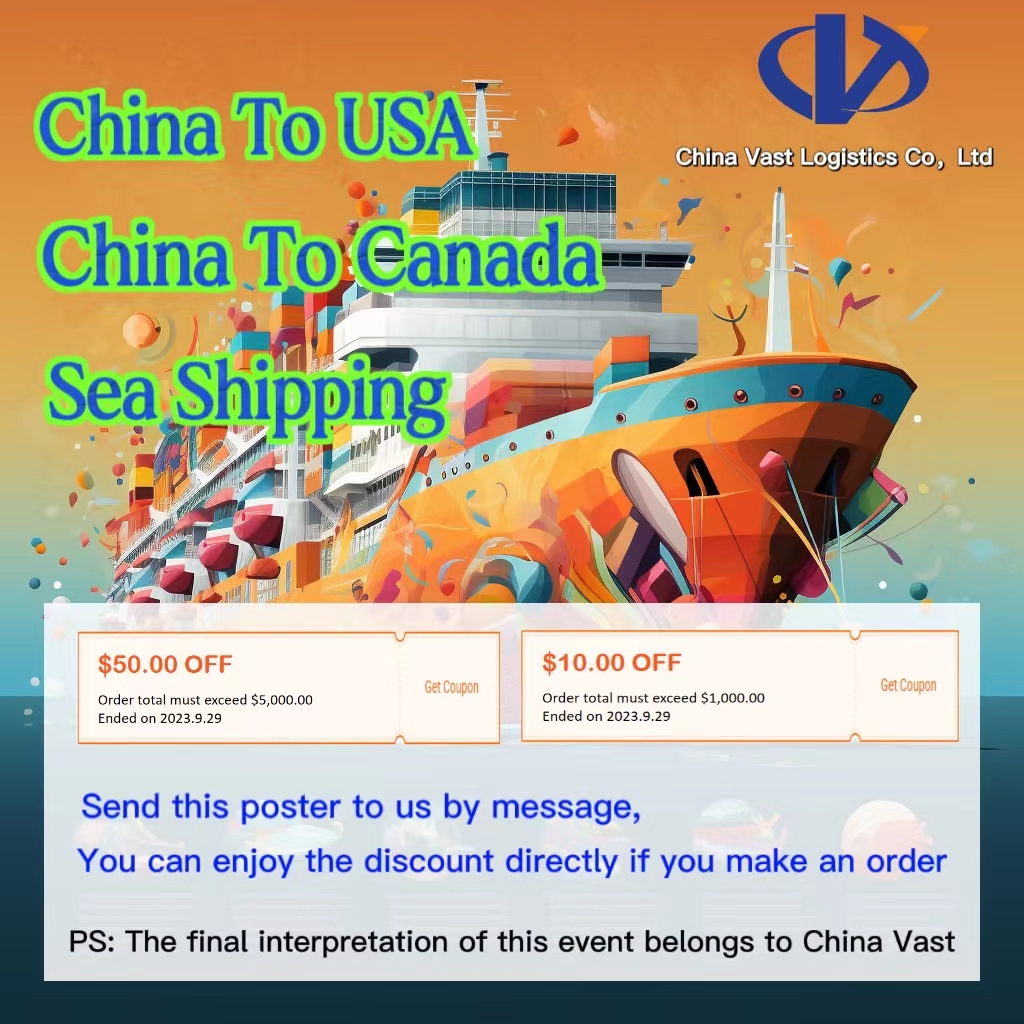In ocean shipping, the term SOC is commonly heard. SOC stands for Shipper’s Own Container, referring to a container owned or leased by the shipper. The counterpart to SOC is COC, which stands for Carrier’s Own Container.
In container shipping, whether it is Full Container Load (FCL) or Less than Container Load (LCL), containers are usually provided by the carrier (i.e., the shipping company). These containers circulate continuously, being reused for multiple shipments. Containers are a significant asset for shipping companies.
However, shippers or consignors may opt not to use the carrier’s containers and instead provide their own containers, either by purchasing or leasing them. This scenario is referred to as Shipper’s Own Container (SOC). Conversely, containers provided by the carrier are known as Carrier’s Own Containers (COC).
Differences Between SOC and COC in Shipping
Operationally, there is not much difference between SOC and COC in terms of shipping procedures. However, some carriers may not accept SOC containers, or they may impose specific requirements for them to comply with international shipping standards and regulations.
Generally, the sea freight cost for SOC containers may be lower, as the shipper does not use the carrier’s container, thus saving on container usage fees. These usage fees are typically included in the sea freight rates. However, if the container is picked up too early (e.g., more than 10 days before the departure) or not returned within the free storage period (e.g., within 14 days after arrival), additional fees such as demurrage or detention charges may apply.
When to Use SOC Containers?
SOC containers are typically used in the following scenarios:
- The shipper needs a specific type of container that the carrier does not provide, such as specialized containers.
- If the shipper has cargo for both the outbound and return trips, they can save costs by using the same container for both legs of the journey.
However, the use of SOC containers is relatively rare in ocean shipping, as it involves more complexities and potential costs, such as the need to return empty containers or the risk of container abandonment.


